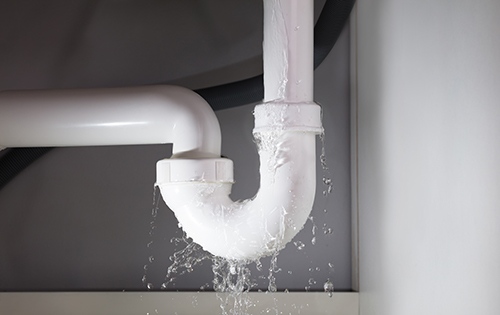|When you come upon water damage from a leaky pipe, rainstorm or flood, you obviously need to have things back to normal as soon as you can, most likely you’ll require water damage restoration services in Dove Canyon.
If you are dealing with anything other than a big incursion, you understandably may be considering treating the cleanup and drying yourself to save money or time. The problem is that cleaning up and recovering from water damage isn’t necessarily as straightforward as it appears, professional water damage restoration in Dove Canyon could even help you to save money and time. This post highlights three important things you need to be aware of when repairing water damage from a minor clean water (or Category 1) incursion.
1) Know What You’re Dealing With
If you read our recent post on understanding the risks of water damage, then you know that water damage can be caused by three distinct kinds of water, including:
Clean water (Category I)
Gray water (Category 2)
Blackwater (Category 3)
It’s significant to comprehend the differences because Category 2 and Category 3 water present health risks to your family or employees and clients and have to be handled differently. The most probable sources of clean water would be water from a pipe, water heater, steam lines or even rainwater. The essential rule of thumb is that it ought to look and smell like tap water.
Recovering from Category 2 or Category 3 water damage or heavy flooding involves additional considerations that we will not enter into in this post, but you may read about in our Quick Guide to Water Damage.
2) Be Sure You Investigate All of the Damage
The tough thing about recovering from water damage by something such as a broken pipe or rainwater incursion is that you can typically only observe a small portion of the actual harm. The majority of the moisture is often hidden in walls, and it is critical to recognize and dry each of the affected areas to prevent mold.
The methods for dealing with damage to walls in regards to water damage restoration in Dove Canyon depend on the kind of substances and also what’s behind those substances. Drywall may often be salvaged when you respond quickly to harm.
You’ll also need to pull and assess your base molding and flooring materials. In case you the floors are carpet, you may have the ability to pull back the wet area and wash it (and the floor materials with a fan).
3) Establish Appropriate Airflow and Maintain the Windows Closed When Drying
As soon as you find moisture, your first instinct may be to open windows to assist with the drying process, but it may not be your very best move. By way of example, if your building is mechanically ventilated, the programs require continuous pressure levels to operate properly. You also need to prevent excess coolness or warmth and humidity, or you may end up complicating the drying procedure.
You’ll typically need 1 air mover for every 15 — 25 square feet of flooring unless the moisture density and load are particularly high, you might need more. To avoid mold, make certain all of the layers and materials are dry before putting everything back together.
The Big Dry Out
If you’ve experienced water damage, hopefully, you are dealing with clean water and a small area. No matter which kind of water damage you are dealing with, if you would like more information about water damage restoration in Dove Canyon, this guide is an excellent starting point. And in case you have any additional questions or want help from professionals of water damage restoration, do not hesitate to call us.
Most typical mistakes in water damage restoration procedures
